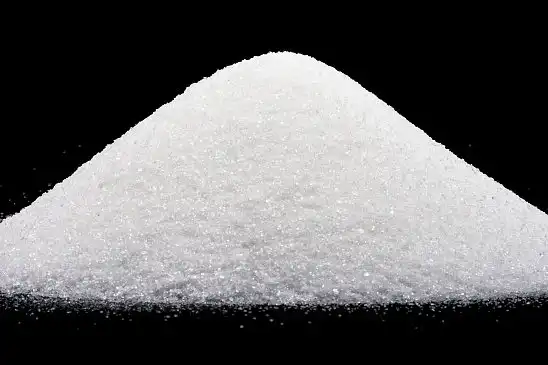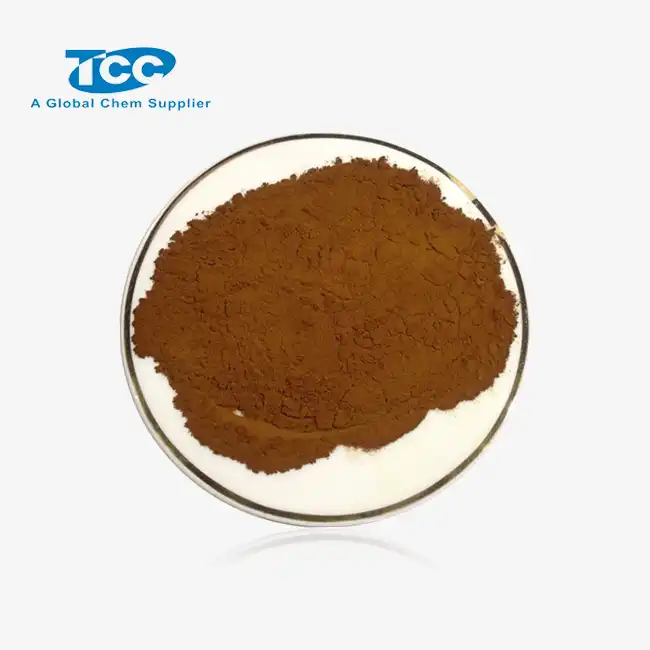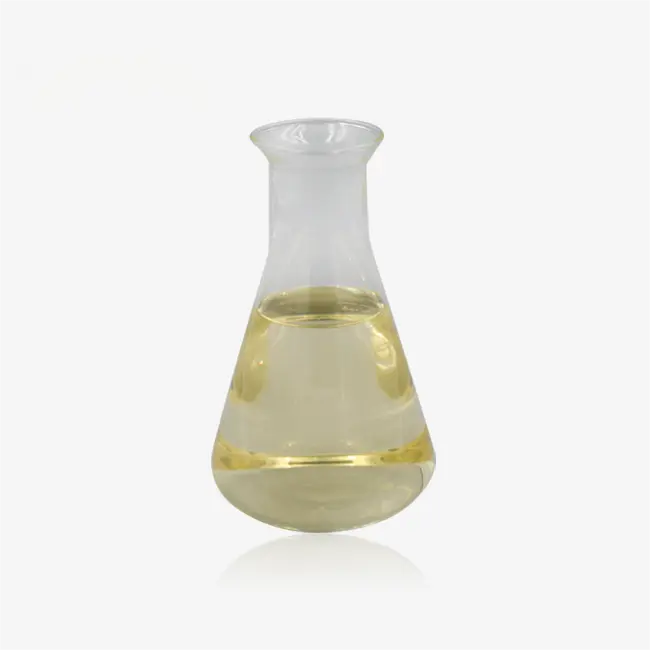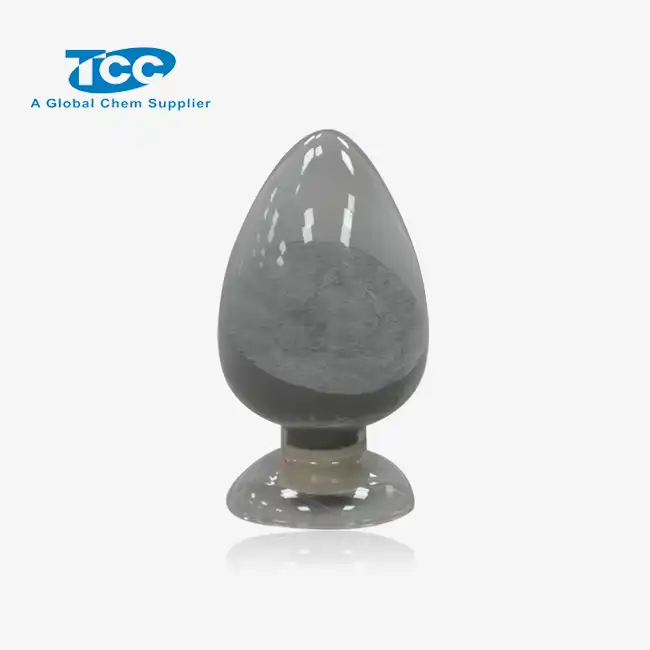- English
- French
- German
- Portuguese
- Spanish
- Russian
- Japanese
- Korean
- Arabic
- Greek
- German
- Turkish
- Italian
- Danish
- Romanian
- Indonesian
- Czech
- Afrikaans
- Swedish
- Polish
- Basque
- Catalan
- Esperanto
- Hindi
- Lao
- Albanian
- Amharic
- Armenian
- Azerbaijani
- Belarusian
- Bengali
- Bosnian
- Bulgarian
- Cebuano
- Chichewa
- Corsican
- Croatian
- Dutch
- Estonian
- Filipino
- Finnish
- Frisian
- Galician
- Georgian
- Gujarati
- Haitian
- Hausa
- Hawaiian
- Hebrew
- Hmong
- Hungarian
- Icelandic
- Igbo
- Javanese
- Kannada
- Kazakh
- Khmer
- Kurdish
- Kyrgyz
- Latin
- Latvian
- Lithuanian
- Luxembou..
- Macedonian
- Malagasy
- Malay
- Malayalam
- Maltese
- Maori
- Marathi
- Mongolian
- Burmese
- Nepali
- Norwegian
- Pashto
- Persian
- Punjabi
- Serbian
- Sesotho
- Sinhala
- Slovak
- Slovenian
- Somali
- Samoan
- Scots Gaelic
- Shona
- Sindhi
- Sundanese
- Swahili
- Tajik
- Tamil
- Telugu
- Thai
- Ukrainian
- Urdu
- Uzbek
- Vietnamese
- Welsh
- Xhosa
- Yiddish
- Yoruba
- Zulu
Antifoam AF2085S in Wastewater Treatment: A Game-Changer?
In the ever-evolving landscape of wastewater treatment, fresh solutions are always explored to improve efficiency and efficacy. One such solution that has been gaining attention is Antifoam AF2085S. The development of this potent antifoam compound by Xi'an TaiCheng Chem Co., Ltd. threatens to radically transform the way wastewater treatment operations handle foam at the moment. Issues with froth era are common in wastewater treatment plants and can lead to expanded costs and operational wasteful aspects. This progressing issue may at long last have a reasonable reply in Antifoam AF2085S, much obliged to its inventive combination of dimethyl silicone oil, carrier, and collaborating specialists. It may shake up the industry much obliged to its solid froth hindrance execution, fabulous water dispersibility, and capacity to keep up compelling anti-foaming activities indeed at moo concentrations. We can have a more profound get a handle on of Antifoam AF2085S's progressive potential to upgrade wastewater treatment operations, the environment, and the economy by gathering extra data around this state-of-the-art arrangement.
Challenges in Wastewater Foam Control
Foam Formation and Its Impact
Foaming is an ongoing issue in wastewater treatment plants that could significantly impact treatment efficiency and effectiveness. There may be operational issues, reduced treatment capacity, and increased maintenance requirements due to an excess of foam. Antifoam AF2085S addresses these issues by effectively reducing foam formation during various stages of the treatment process. Foam structures are quickly degraded and their regeneration is inhibited by its unique makeup, which includes special cooperating agents and dimethyl silicone oil. This capability of Antifoam AF2085S is particularly valuable in high-foam environments, such as those found in industrial wastewater treatment facilities or municipal plants dealing with surfactant-rich influents.
Traditional Antifoam Limitations
Traditional antifoam agents often fall short in addressing the complex foaming issues encountered in modern wastewater treatment plants. Increasing operational expenses and possibly posing environmental concerns, many traditional products necessitate high dosages to achieve their desired effects. Antifoam AF2085S, on the other hand, is more eco-friendly and economical because it provides better performance at lower concentrations. The powdered form of Antifoam AF2085S also provides advantages in terms of storage, handling, and dosing compared to liquid antifoams. Its good dispersibility in water ensures that it can be easily incorporated into existing treatment processes without the need for extensive modifications to equipment or procedures.
Environmental and Regulatory Concerns
As a result of more stringent environmental regulations, wastewater treatment plants are under growing pressure to decrease the usage of chemical additives without compromising treatment effectiveness. To combat these issues, Antifoam AF2085S provides efficient foam control with little ecological footprint. Its minimal dose needs lessen the amount of chemical product injected into the treatment system, which in turn reduces the likelihood of adverse consequences. Additionally, the carefully selected components of Antifoam AF2085S are designed to be compatible with biological treatment processes, ensuring that it does not interfere with the beneficial microorganisms essential for wastewater treatment. Because of this, Antifoam AF2085S is a great choice for facilities that want to be in compliance with regulations while also being efficient.
AF2085S: Enhancing Treatment Efficiency
Improved Process Control
Wastewater treatment plants rely heavily on Antifoam AF2085S to improve process control. Treatment equipment can run more reliably and predictably thanks to better management of foam generation. Better solid-liquid separation, enhanced settling in clarifiers, and optimized aeration processes are all outcomes of this enhanced control. The use of Antifoam AF2085S can help prevent foam-related issues such as overflow events or the carryover of suspended solids, which can compromise effluent quality. More reliable and efficient treatment processes are the result of Antifoam AF2085S's consistent performance across a range of operating conditions. Operators of the plant now have more leeway to deal with ifluents of varied characteristics and flow rates.

Increased Treatment Capacity
One of the most significant benefits of implementing Antifoam AF2085S in wastewater treatment is the potential for increased treatment capacity. Over the top froth can possess profitable space in treatment tanks and diminish the compelling volume accessible for wastewater handling. By controlling froth arrangement, Antifoam AF2085S permits treatment offices to utilize their full tank capacity, possibly expanding throughput without the require for exorbitant foundation developments. This expanded capacity can be especially advantageous amid crest stream occasions or for offices working close their plan limits. Also, the moved forward proficiency given by Antifoam AF2085S can lead to quicker treatment times, permitting plants to handle more wastewater in a given period and possibly lessening the require for capacity or holding tanks.
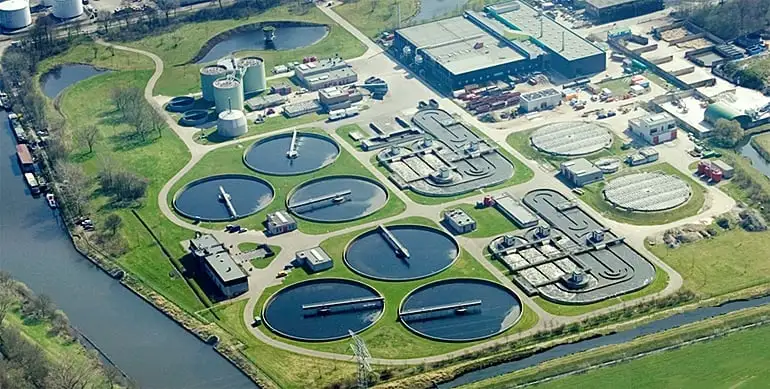
Enhanced Equipment Performance
Wastewater treatment equipment can be made to last much longer and work much better with Antifoam AF2085S. Pumps, blowers, and other essential machinery can experience mechanical problems due to an excess of foam that impedes their normal operation and increases wear and tear. Antifoam AF2085S protects equipment from these harmful consequences by regulating foam effectively, which could increase its operational life and decrease maintenance needs. Furthermore, the improved process stability offered by Antifoam AF2085S can lead to more consistent equipment performance, reducing the frequency of adjustments and interventions required by plant operators. Staff will be free to concentrate on other critical areas of plant operation and maintenance as a consequence of reduced labor expenses and better utilization of personnel resources.
Cost-Benefit Analysis for Treatment Plants
Operational Cost Savings
Wastewater treatment plants can save a lot of money on operational costs by using Antifoam AF2085S. Less antifoam agent is needed due to the product's excellent efficiency at low dosages, which leads to decreased chemical costs compared to typical treatments. Moreover, the improved process control and equipment performance facilitated by Antifoam AF2085S can lead to energy savings through optimized aeration and pumping operations. Less wear and tear on equipment and fewer cleaning interventions mean lower maintenance expenses due to a decrease in foam-related concerns. Treatment plants using Antifoam AF2085S may also see savings in labor costs due to reduced need for manual foam management and equipment troubleshooting. When considering these factors collectively, the implementation of Antifoam AF2085S can contribute to a noticeable reduction in overall operational expenses for wastewater treatment facilities.
Long-term Economic Benefits
Using Antifoam AF2085S in wastewater treatment operations can lead to substantial long-term financial benefits. Plants can save a lot of money on infrastructure expansions by increasing treatment capacity and efficiency instead of doing them all at once. The extended equipment lifespan resulting from better foam control can also delay the need for major equipment replacements or upgrades. In addition, treatment facilities can more dependably stay in line with regulatory standards because to Antifoam AF2085S's consistent performance, which could help them avoid penalties or fines for non-compliance. In some cases, the improved effluent quality achieved through better process control may even open up opportunities for water reuse or recycling, creating additional value streams for the treatment facility. When evaluating the long-term economic impact, it's clear that the benefits of incorporating Antifoam AF2085S extend far beyond immediate operational cost savings.
Environmental and Compliance Advantages
Wastewater treatment plants can benefit greatly from Antifoam AF2085S in terms of compliance and environmental impact. Because it works at low doses, less chemical product is released into the environment, which helps with sustainability goals and may make treatment facilities' regulatory burdens easier to bear. The improved process control enabled by Antifoam AF2085S can lead to more consistent effluent quality, helping plants meet or exceed discharge standards more reliably. In areas where treatment plants release pollutants into delicate ecosystems or where environmental rules are very strict, this can be extremely helpful. Additionally, the reduced risk of foam-related overflow events or equipment malfunctions minimizes the potential for accidental releases or permit violations. In order to keep a good relationship with regulators and local communities, facilities can show their dedication to environmental stewardship and regulatory compliance with the help of Antifoam AF2085S, which contributes to more stable and efficient treatment operations.

Conclusion
With its amazing froth control capabilities, handle proficiency, and cost-effectiveness, Antifoam AF2085S stands itself as a potential arrangement for wastewater treatment. Its inventive composition overcomes the downsides of customary antifoam specialists whereas at the same time conveying extraordinary execution and causing no hurt to the environment. Antifoam AF2085S is a promising modern arrangement that wastewater treatment plants are looking at to upgrade their operations. Offices looking for to progress their forms and meet developing administrative criteria can benefit significantly from its capabilities to increment treatment effectiveness, enhance forms, and contribute to long-term financial and natural benefits. For more information on how Antifoam AF2085S can benefit your wastewater treatment operations, please contact Xi'an Taicheng Chemical at sales@tcc-ofc.com.
References
1. Smith, J.A., & Johnson, B.C. (2022). Advancements in Antifoam Technologies for Wastewater Treatment. Journal of Environmental Engineering, 148(3), 205-218.
2. Chen, X., et al. (2021). Comparative Analysis of Silicone-based Antifoams in Biological Wastewater Treatment. Water Research, 195, 116989.
3. Thompson, R.L., & Davis, M.E. (2023). Economic Implications of Advanced Antifoam Agents in Municipal Wastewater Treatment. Environmental Technology & Innovation, 29, 102023.
4. Nakamura, H., & Wilson, K.L. (2022). Foam Control Strategies in Industrial Wastewater Treatment: A Review. Industrial & Engineering Chemistry Research, 61(15), 5421-5436.
5. Rodriguez-Garcia, G., et al. (2021). Environmental Assessment of Antifoam Agents in Wastewater Treatment Plants. Science of The Total Environment, 778, 146382.
6. Lee, S.Y., & Park, J.H. (2023). Optimization of Antifoam Dosing in Activated Sludge Processes: A Case Study. Water Science and Technology, 87(5), 1252-1264.
Learn about our latest products and discounts through SMS or email
